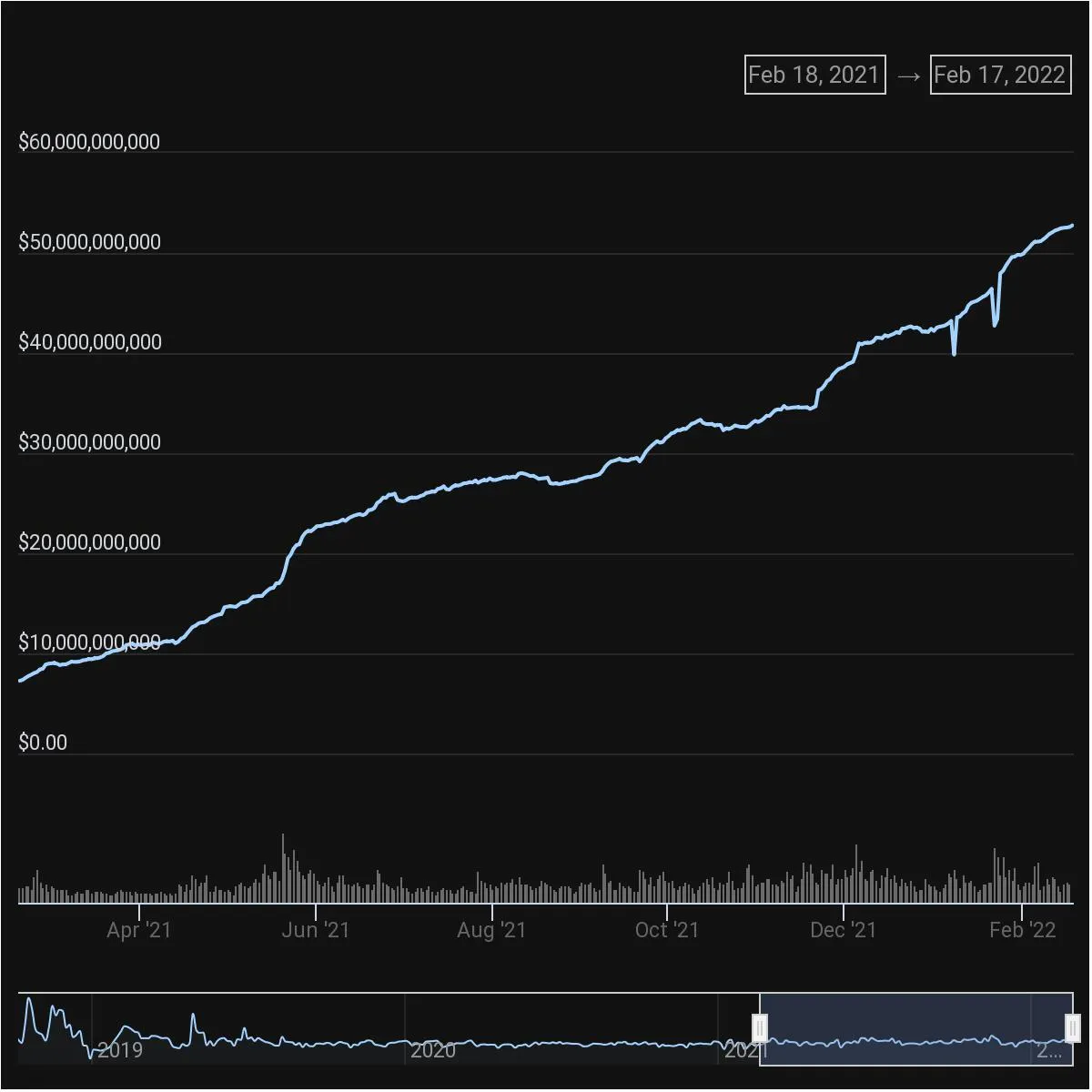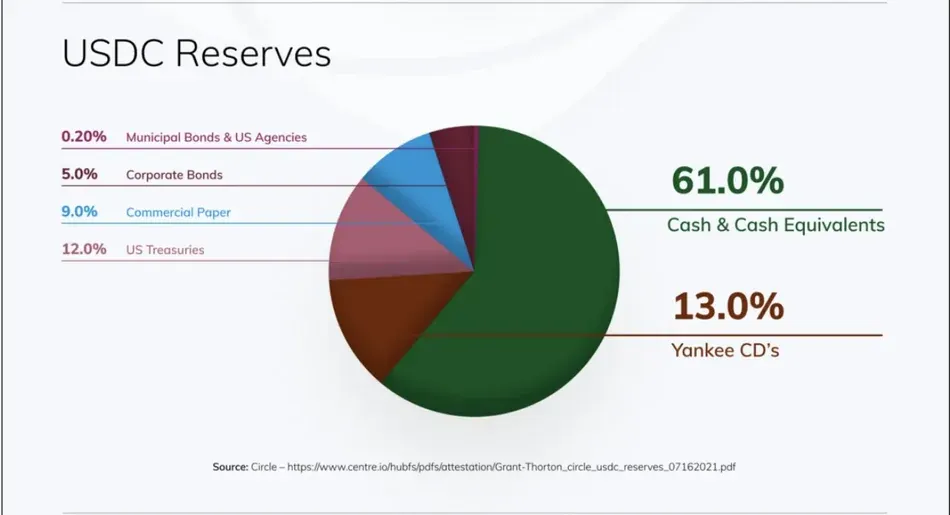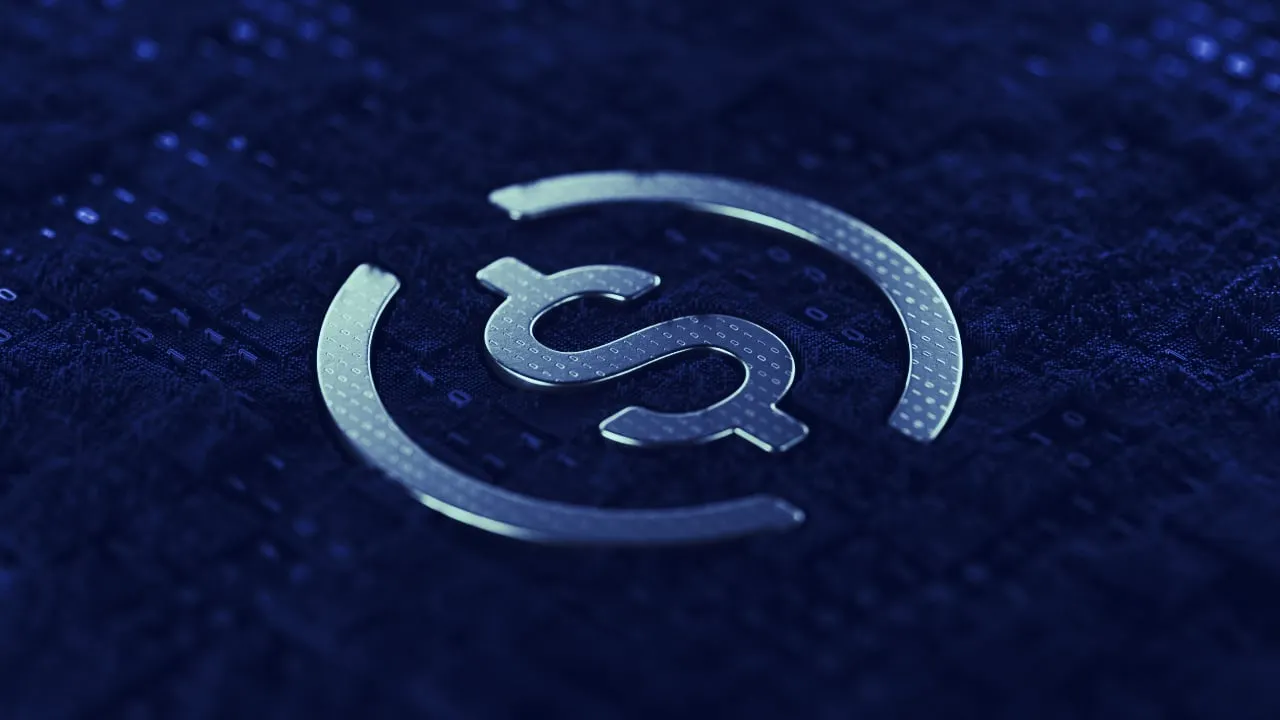In roughly six months, Circle has essentially doubled its valuation.
Announced today, Circle's $9 billion valuation comes after the firm announced new terms with the special-purpose acquisition corporation (SPAC) Concord Acquisition Corp.
A SPAC, sometimes also called a “blank check company,” raises capital through an IPO with the intent of acquiring or merging with an existing firm and taking it public—in this case, Circle.
Concord and Circle first announced plans to merge in July, valuing the stablecoin provider at $4.5 billion. All of the same members are involved as in the original deal, it's simply that the two firms have updated the terms, replacing the arrangement from last summer.
In a press release from Circle, the newest valuation is due in part to the continued growth of its U.S. dollar-pegged stablecoin, USDC.
USDC’s current market capitalization is just under $53 billion, according to data provided by CoinGecko. In July 2021, when Circle and Concord first struck a deal, this figure was $25 billion—roughly half of today’s value.

The chairman of Concord Acquisition Corp and CEO of Atlast Merchan Capital, Bob Diamond said the updated valuation is, in part, thanks to Circle’s growth.
"Circle's rapid growth and world-class leadership are underscored by a regulatory-first mindset fixed on building trust and transparency in global markets. We believe our new deal is attractive because it preserves the ability of Concord's public stakeholders to participate in a transaction with this great company," said Diamond.
Despite this impressive growth, USDC still plays second fiddle to Tether’s USDT, which currently commands a market capitalization of nearly $79 billion.
It is the largest stablecoin in the industry, but, like USDC, it’s not without its critics.
Circle and Tether’s stablecoin critics
The two largest stablecoin providers in crypto have come under attack for their claims that every digital dollar floating around the market is backed, 1:1 to a real greenback.
Last summer, however, Circle revealed that just 61% of its stablecoin reserves at that time were indeed held in cash or its equivalents. The remaining 39% was made up by a hodgepodge of U.S. treasuries, Yankee CDs, commercial paper, and various bonds.

Tether hasn’t faired much better. At roughly the same time, Tether revealed that just 10% of its backing at that time was in cash.
Concerns around these reserves, as well as the meteoric growth of the stablecoin industry, have also attracted attention from regulators in Washington. Reporting by Decrypt last month indicates that the Biden Administration is working to force stablecoin firms under the same rules as big banks.
For now, though, these regulatory concerns do not appear to be affecting Circle’s business plans.

